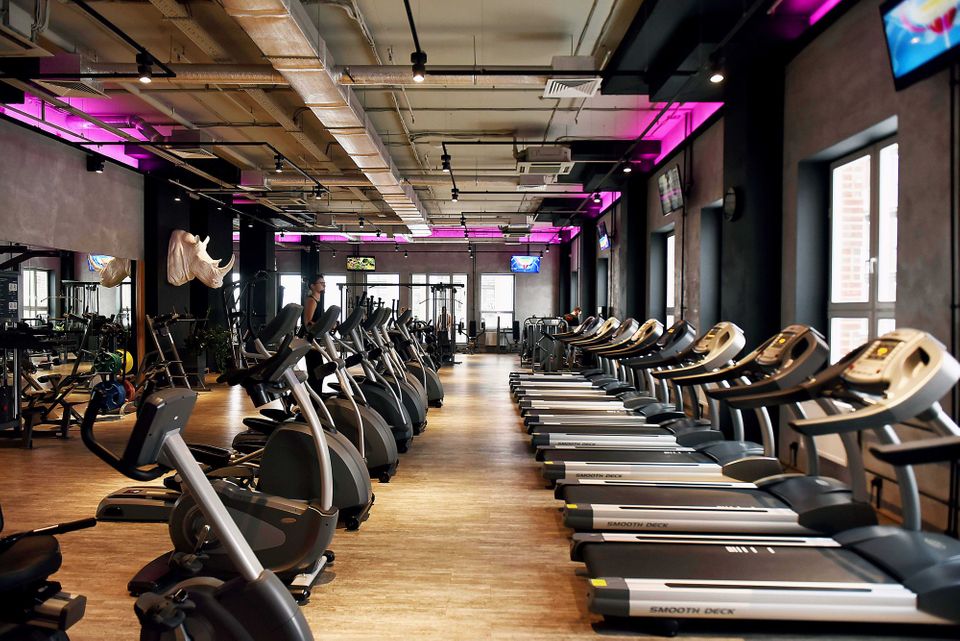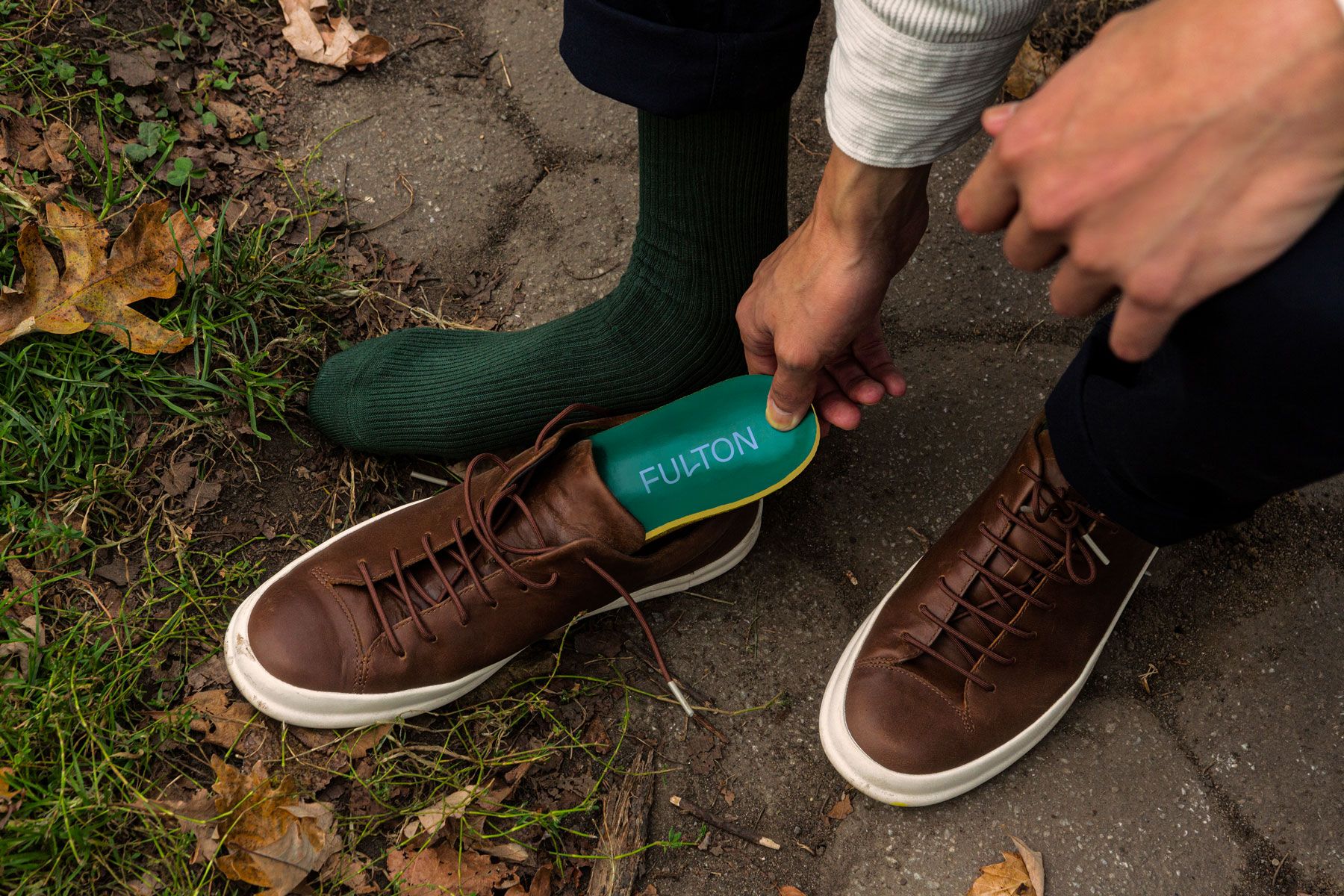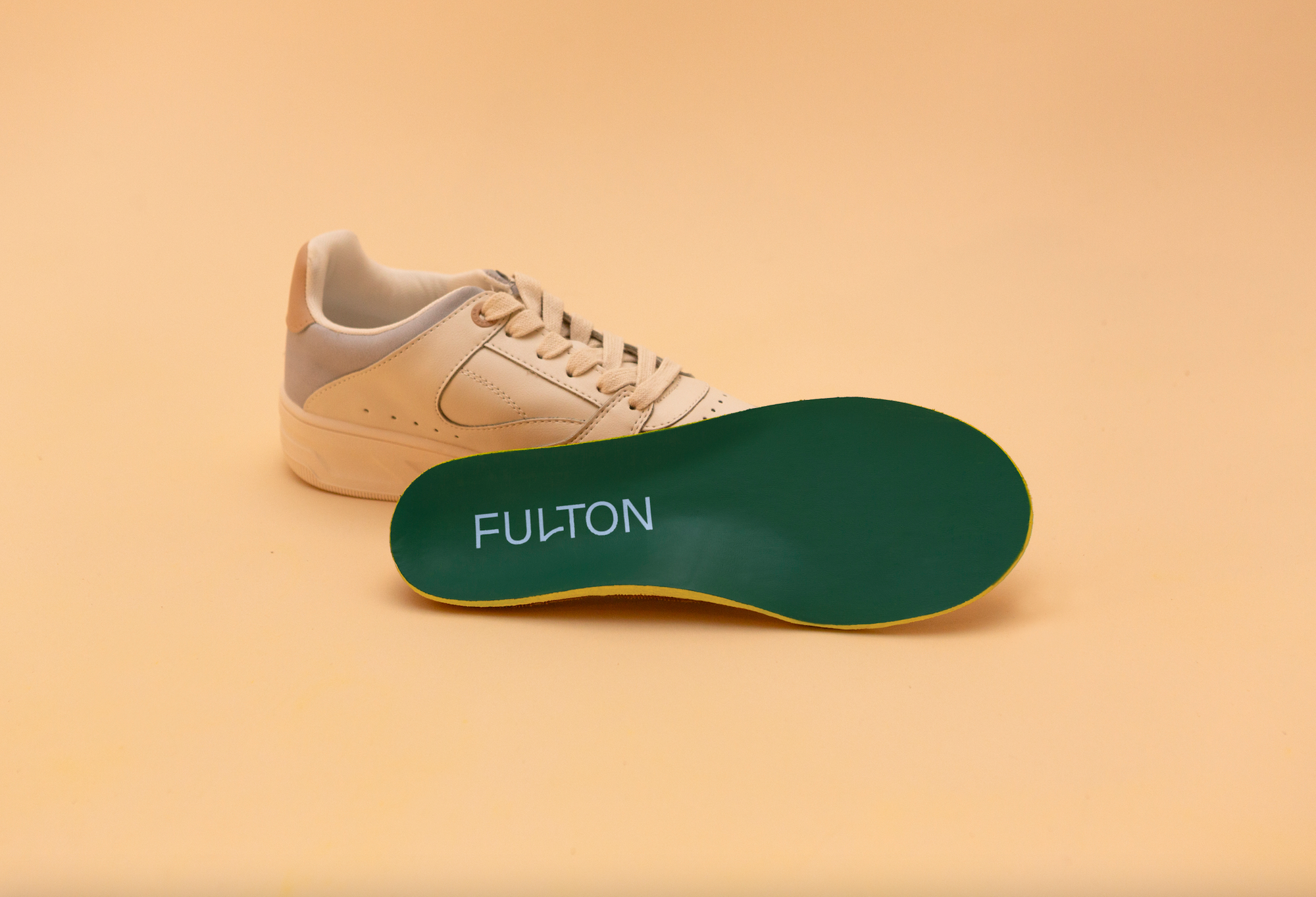🦀 Issue 60 - Pound that Treadmill.

Welcome to this week's PT Crab where we're happy to have you! This week, we're talking about sit to stand workstations for pain prevention and how treadmills pound you. Our King Crab supporters got two more articles, one on how to get your own clinic off the ground and a second about what an Orthopedic Manual Fellowship actually does for your career. Become a supporter here. And thanks! And if you can't support us financially right now, that's cool, just help support us by sharing what we do. Thanks!
Also this week, PT Crab is sponsored by Fulton, a new type of insole company. Full details below, including 10% off with promo code PTCrab10.
Rise up! Sit to Stand Workstations for Pain Prevention? Maybe…
The Gist - Many people have moved their offices home over the last year and it’s been long enough for poor ergonomics to catch up to them. Fortunately, this systematic review may have some guidance in how to adapt their workstations to improve LBP and neck pain. Unfortunately, there weren’t too many studies to pull from, but the authors were still able to gather a bit of data.
Three studies showed improved neck, lower back, and upper back pain with moderate clinical effect sizes when participants switched from traditional to standing desks. Another found that participants experienced more upper back and neck pain with a standing desk, but less low back pain. In general, the studies showed a positive effect of transitioning from sit to stand throughout the day.
Tell Me More - How can this help your patients? There are a few on-desk attachments that allow the transition from sit to stand (like the Varidesk) and a few desks that adjust in height (including cheapish ones from Ikea) that could be recommended. Some people have been known to put chairs or cardboard boxes on their current desks to lift them up higher, but it’s important to ensure that their keyboards stay low, otherwise they’re at risk for upper trap and levator scap pain due to prolonged shrugging to type.
Lastly, the studies available to this review weren’t perfect. Many results were clouded by other factors: one study only pulled from overweight and obese populations and another used workers at a call-center who habitually cradle phones between their ears and shoulders, possibly leading to neck pain that the study captured. The overall, cloudy conclusion from the research is put best by the authors:
Overall, findings suggest SSW may not absolutely relieve chronic neck or LBP but should not be excluded from pain management recommendations due to potential of positive impact.
That’s all we can definitively say on the matter today.
Paper? - If you insist.
Gel Insoles Suck. But there’s an alternative.

The Gist - Do you patients need arch or foot support in their worn out white New Balances? Do you have someone who “wears the same shoe every day, no matter what” and won’t take your advice to change it? We’ve all had that guy as a patient and we know how tough it is to talk them into support. But we also know how important the correct support down there is to everything that they do. Well it’s time to introduce Fulton, a new insole company who want to support you and your patients from the ground up. This is a modern brand of arch support, changing how things are done.

Tell Me More - Fulton uses sustainable materials to produce supportive and comfortable insoles that improve alignment and posture. The cork base absorbs shock and molds to your foot, providing a custom fit, the deep hell cup provides maximal stability, natural latex foam improves comfort, and every piece of the insole is natural and biodegradable. They have free shipping and returns, so every order is risk free.
Learn more and order at WalkFulton.com for a better way to walk. And also get 10% off with promo code PTCrab10, cuz you, dear reader, shouldn't have to pay full price.
Link? I mean, it’s right up there, but sure, I’ll put it here too.

What hits harder, the ground or a treadmill?
The Gist - If you’re seeing more runners with foot and knee pain since the gyms closed, this study could tell us why. Researchers from Harvard and the Henry Ford Health System compared tibial shock between treadmill running and outdoor running and found that the outdoors pounds quite a bit harder. Outdoor running pushed up the force by 4g (as in gravity, not grams or cell phone networks), from 11.44 indoors to 15.52 outside, a 35% increase! These runners were going similar speeds between indoors and out, but ran farther outside, so they may have been a bit more tired too.
Tell Me More - The researchers grabbed 192 runners about to compete in the Boston marathon, put them on treadmills with an inertial measurement unit strapped on their ankles, warmed them up, then ran them at 90% of planned marathon pace and grabbed 30 seconds of data, about 35 strides per person. After getting this initial stuff, they asked the participants to wear the IMUs in the marathon, then took data at kilometers 12, 23, and 40 to compare. At each data point, the shock from the ground was less than the previous, but still quite a bit higher than the treadmill. The researchers speculate that this is due to them slowing down as the race went on.
Why is the shock higher outdoors? They have speculation here as well. They believe this could be due to higher perceptual demands outside (AKA more distractions) that reduce running form, the asphalt could be harder than the treadmill belt, and/or that speed variances outdoors could be causing the increased shock. Treadmill speed is much more consistent than outdoor speed.
One last note for foot lovers, they controlled for foot strike and it was 75% similar indoors and out, so most runners were consistent. 74% were rear foot, 16% mid, and 10% forefoot.
Paper? Here.
That's our week! Please share PT Crab with friends and support us if you can. Thanks!

Comments
Want to leave a comment and discuss this with your fellow PTs? Join PT Crab and get summarized PT research in your inbox, every week.